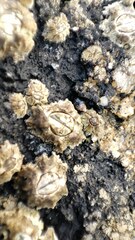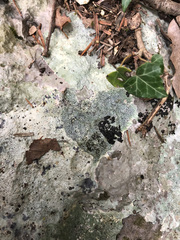Black bread mold
Rhizopus stolonifer
Fungi Rhizopus stolonifer is a common species of mold that belongs to the family Mucoraceae. It is widely recognized for its role in the decomposition of organic material and is often referred to as black bread mold due to its prominent presence on bread and other carbohydrate-rich foods.
Rhizopus stolonifer has several distinguishing characteristics:
- Habitat: It is predominantly found in temperate and tropical regions, thriving in warm, moist environments. This makes the Comunidad Valenciana an ideal location for its growth, particularly in areas with high humidity.
- Appearance: It typically starts as a white, cottony growth that turns black as it matures, due to the production of sporangiophores, which are structures that bear spores.
- Reproduction: It reproduces both sexually and asexually. The most common method is asexual reproduction through sporangia that release spores into the environment.
- Role in Ecosystem: As a decomposer, Rhizopus stolonifer plays a vital role in nutrient cycling by breaking down dead organic matter, which enriches soil fertility and promotes plant growth.
Though it is an important part of the ecosystem, it can cause problems when it infects food sources. Careful storage and handling of perishable goods are necessary to prevent its growth and subsequent spoilage.






